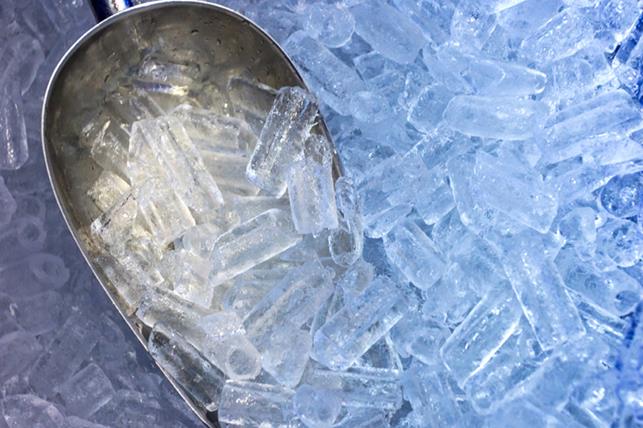So your biggest concern when purchasing an ice machine was whether or not it has the capacity to support your business. But really, there is much more to having an ice machine than you probably realize.
The ice itself, is often overlooked when it comes to food safety. Much of which is attributed to the fact that we are less likely to consider ice as food,. However according to the United States Food and Drug Administration, it is food and thus all standard food handling procedures applies.
As a business, it is essential that you take steps to mitigate the risks that could arise from contaminated ice. This means implementing equipment and procedures to prevent contamination and make the entire ice operation as safe as possible.
Here are some ways to keeping ice clean in your establishment and making sure that it is safe for your customers.
Incoming Water
It goes without saying that the ice must be from safe drinking water. Use filtered water and get to know its hardness. Knowing that can help inform what steps you need to take to protect your machine. With hard water, the buildup inside your ice machine can alter the taste of the ice. Over time, scale buildup can also damage your commercial ice machine and cause mechanical problems that can put your ice in danger or destroy your ice machine.
But there are ways of overcoming the effects that hard water may have on your equipment. By using a water softening system, it can help remove the minerals from the incoming water, reducing the buildup on your equipment. Another option is to get an ice maker filter to capture minerals and other contaminants that may be present in the water.
Inside the Machine
Once the water enters the machine, it is at the next possible point of contamination. The insides of ice machines are dark and damp, making them ideal breeding grounds for 'slime', which can consist of yeast, biofilm, or mold.
Most manufacturers recommend giving the ice machine a thorough cleaning every six months, though high-yeast environments such as breweries, bakeries, and pizzerias may require cleaning more often. Establish a routine for cleaning and sanitizing your ice machine, bins and utensils to prevent the buil-up of soil and mould.
Bear in mind that only cleaning the mechanical parts of the machine is inadequate and it is just as important to make sure the bin where the ice is stored is equally clean. Microorganisms have a knack for accumutlating in the bin as it is the part often exposed to the air and may occasionally come in contact with hands or utensils. Ideally, the bin should be cleaned somewhere between once a week and once a month.
The machine must also be well-maintained and kept in good condition to ensure your ice is clean and safe to serve to your customers. Hoses, taps, and water filter cartridges all need periodic replacements to prevent cracking, breaking, and clogging from limescale buildup. Door seals should also be checked often, as a poor seal could allow germs, dust, and even insects in to contaminate the ice. Air filters should be changed or cleaned according to the manufacturer's instructions, as poor ventilation can cause condensation, which can allow mold to flourish.
Ice Handling
Having said that, the most common source of ice contamination is improper handling. Employees should always wash their hands before refilling ice bins or dispensing ice to customers.
The following are some simple steps to prevent ice contamination at your restaurant:
- Always use an ice scoop to dispense ice from an ice bin
- Invest in a scoop holder or place the scoop on a tray when not in use
- The scoop and its tray/ holder should be washed and sanitized daily
- Never put unused ice back in the bin
- The ice bin's door should always remain closed when you are not scooping out ice
- Never store anything other than ice in the bin



